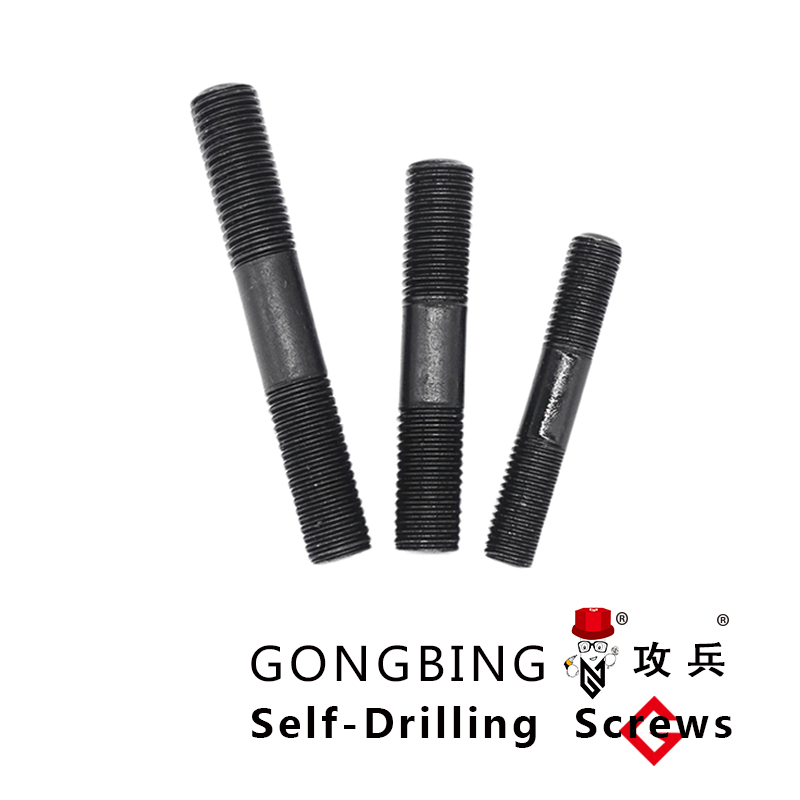Innovative Design Solutions for Stainless Steel Cross Bracing Applications in Modern Construction Projects
The Role of Stainless Steel Cross Bracing in Structural Integrity
In the realm of engineering and construction, the quest for durable and reliable materials is a paramount concern. One such material that has found extensive use in modern construction is stainless steel, particularly in the form of cross bracing. This article delves into the significance of stainless steel cross bracing, its advantages, applications, and the essential role it plays in ensuring structural integrity.
Understanding Cross Bracing
Cross bracing refers to a structural reinforcement technique where diagonal supports are installed in a frame. This design helps in distributing loads and enhancing the overall stability of a structure. When designed effectively, cross bracing can mitigate the effects of lateral forces, such as wind and earthquakes, which could compromise the stability of buildings and bridges.
The Benefits of Stainless Steel in Cross Bracing
Stainless steel is favored for cross bracing due to its remarkable properties. It is known for its excellent corrosion resistance, strength, and aesthetic appeal. Here are some key advantages of using stainless steel in cross bracing applications
1. Corrosion Resistance Stainless steel's inherent resistance to rust and corrosion makes it an ideal choice for structures exposed to harsh weather conditions or high humidity. This durability extends the lifespan of the structural elements, reducing maintenance costs and minimizing the need for replacement.
2. High Strength-to-Weight Ratio The strength of stainless steel allows for the construction of lighter frameworks without compromising structural integrity. This is particularly advantageous in high-rise buildings or bridges, where weight reduction can lead to significant cost savings in design and materials.
stainless steel cross bracing

3. Aesthetic Qualities Stainless steel possesses a modern and sleek appearance, enhancing the visual appeal of structures. This is an important consideration in architectural design, where aesthetic qualities can influence public perception and the overall value of a property.
4. Ease of Fabrication Stainless steel can be easily fabricated into complex shapes and sizes, allowing for greater flexibility in design. This adaptability enables engineers to tailor cross bracing to meet specific structural requirements and architectural visions.
Applications of Stainless Steel Cross Bracing
Stainless steel cross bracing finds applications across various sectors, including commercial, residential, and industrial construction. In high-rise buildings, for instance, cross bracing is often employed to provide lateral stability, ensuring that the structure can withstand significant wind forces. Similarly, bridges utilize cross bracing to enhance load distribution and integrity, preventing deformation under heavy traffic loads.
Moreover, stainless steel cross bracing is increasingly popular in the construction of seismic-resistant buildings. By effectively absorbing and dissipating seismic energy, cross bracing can significantly reduce the risk of structural collapse during earthquakes, thereby safeguarding lives and property.
Conclusion
As the construction industry continues to evolve, the importance of utilizing advanced materials like stainless steel becomes increasingly evident. The integration of stainless steel cross bracing into building designs not only enhances structural stability but also contributes to the longevity and durability of the infrastructure. With its unmatched strength, corrosion resistance, and aesthetic appeal, stainless steel cross bracing proves to be a vital component in creating safe and resilient structures for the future. As we look ahead, embracing innovative materials and techniques will be key to addressing the ever-increasing challenges of modern engineering and construction.
-
Weatherproof Plastic Expansion Anchors for OutdoorNewsJun.06,2025
-
Sustainability in the Supply Chain: Eco-Friendly TEK Screws ProductionNewsJun.06,2025
-
Load-Bearing Capacity of External Insulation FixingsNewsJun.06,2025
-
Double Head Bolts: Enhancing Efficiency in Industrial MachineryNewsJun.06,2025
-
Corrosion Resistance in Chipboard Screws: Coatings for Wholesale DurabilityNewsJun.06,2025
-
Butterfly Toggle Bolts : Enhancing Structural ResilienceNewsJun.06,2025
